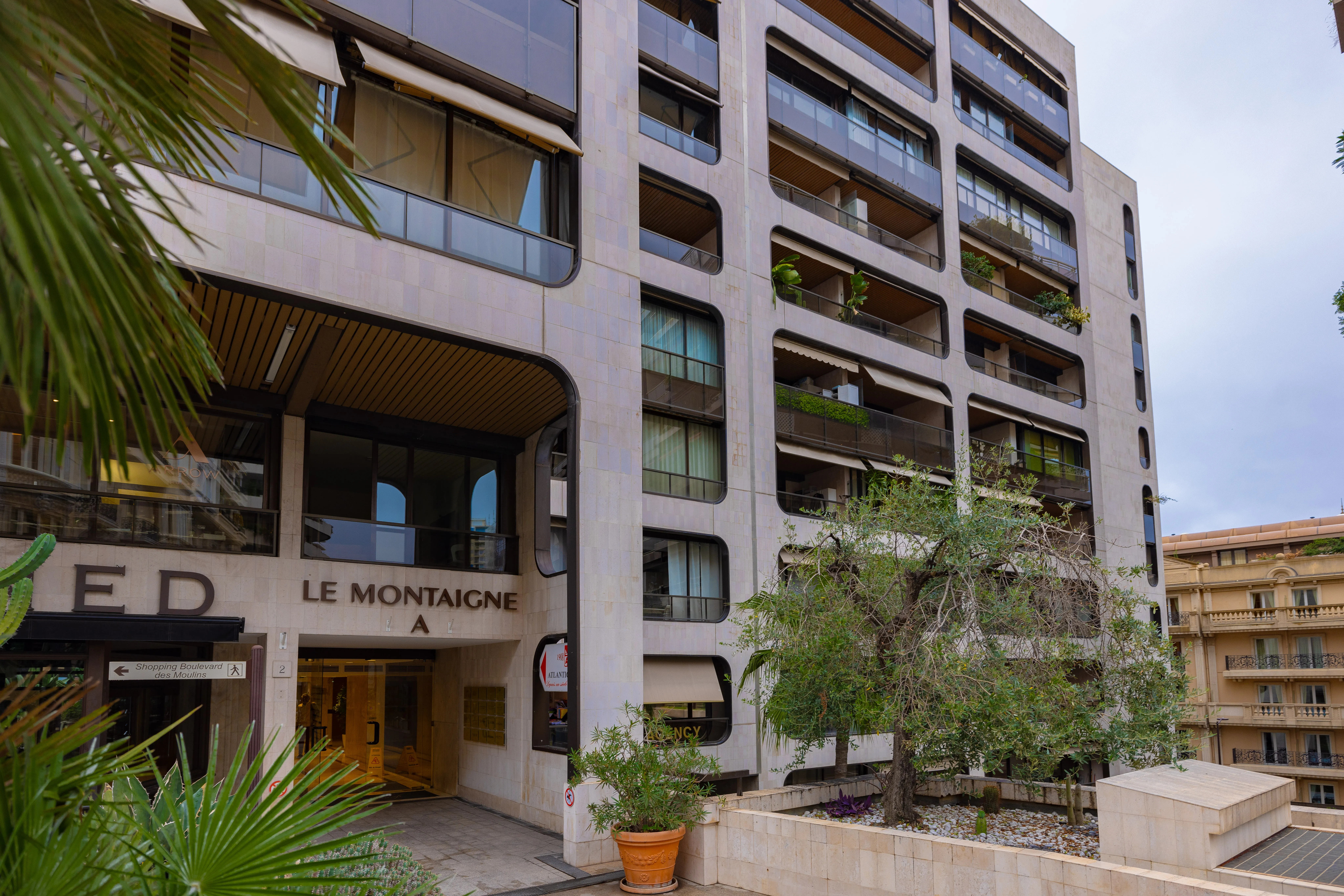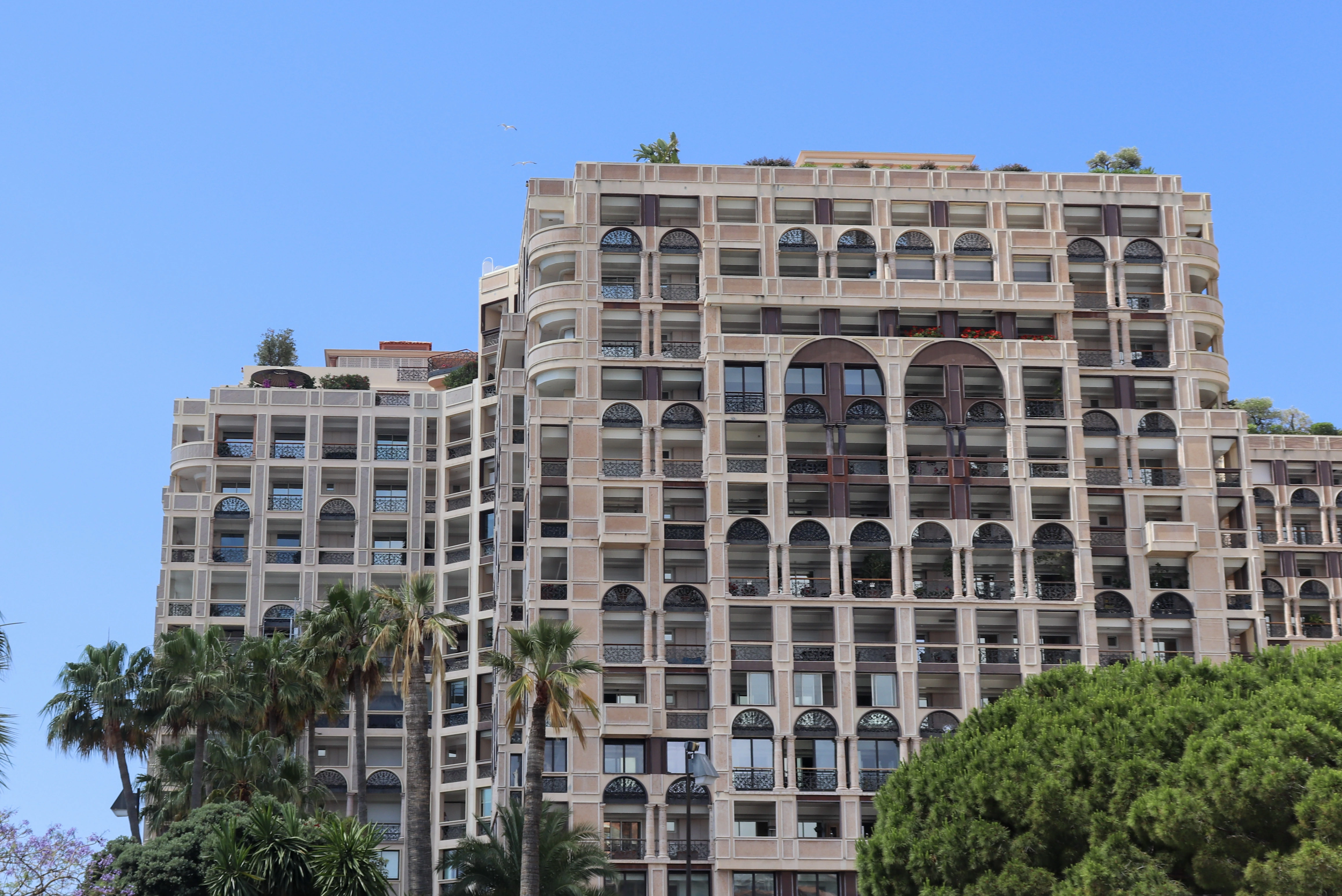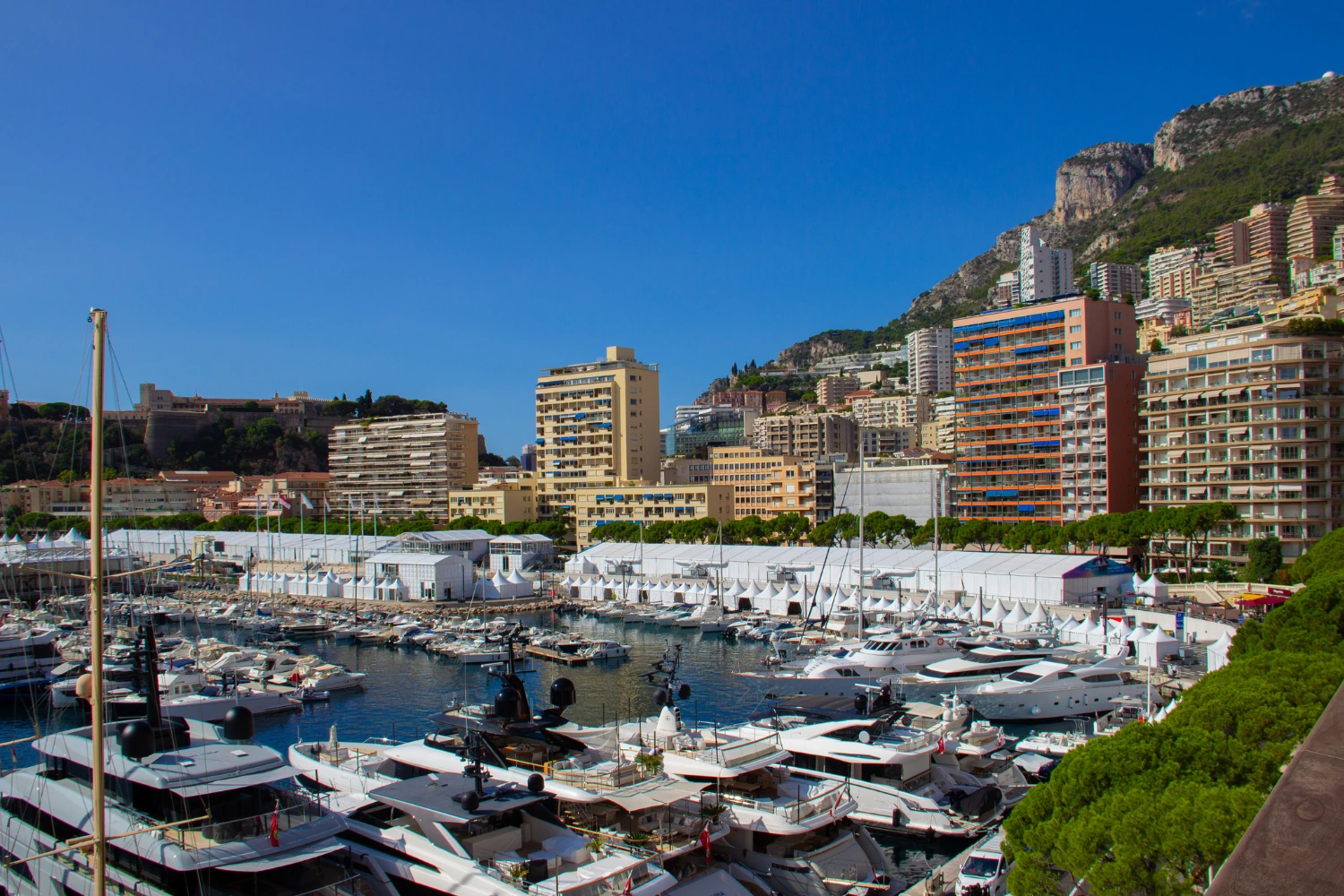
In a time of global warming, the Principality's high urban density (18,861 inhabitants/km²) is encouraging Monaco to plant its real estate stock, particularly through flats for sale in Monaco and flats to rent in Monaco, to protect against heat islands and atmospheric pollution.
Many factors influence the environmental conditions of a city. In addition to the local climate, human activities cause temperatures to rise as they are particularly effective in emitting greenhouse gases (GHG).
From this perspective, Monaco has committed to reduce its GHG emissions by 2030, aiming for carbon neutrality by 2050. To meet this challenge, Monegasque real estate is a relevant lever for action.
Depending on the layout and the materials used for construction, the environmental impact will obviously not be the same. That being, to fight against heat islands and atmospheric pollution, the Principality is betting on greening its buildings.
As global warming progresses, cities are faced with a major challenge: creating cool zones in particularly mineralized spaces. In the city, in the middle of summer, the temperature can go up to 10 degrees higher than in the countryside.
Urban heat islands (UHIs) are areas where the temperature is even higher due to the artificialization of the soil, the mineralization of buildings and atmospheric pollution. In Monaco, the Environment and Urban Planning Departments have identified these areas using thermal cameras. For the government, this is an issue of urban planning, but also of health and protection of local biodiversity.
According to the ADEME (Agence De La Transition Écologique), planting a tree captures 70% of the sun's rays, allowing onlookers to enjoy a bit of coolness under its branches. Besides, if human activities release fine particles into the air, the same plants facilitate their dispersion. A mature tree can capture and filter up to 20 kilos of harmful particles and 5.4 tons of CO2 per year.
Greening allows for the improvement of urban spaces.
It is also a good example of relevant initiatives: installing beehives on the roofs, recovering rainwater or "grey water" (showers, sinks) to water the plants (which is the case of the Villa Troglodyte in Monaco).
Studies have even shown that greening helps reduce stress and psychological disorders. Others have proven that the multiplication of small green spaces every two hundred meters refreshes the air more effectively than a large park.
But it is not enough to plant any bush in any place.
It is necessary to determine which plant species are adapted to the urban environment, are non-invasive and do not require regular maintenance or the use of plant protection products.
For example, despite their capacity to store pollutants, some trees are known to trigger allergies (conifers, plane trees, poplars). They should therefore be avoided when greening a roof or a terrace.
The presence of insects (bees, butterflies, ants) can eventually bother residents. Fortunately, with a well-designed watering system, stagnant water and mosquitoes can be avoided.
With a limited surface area, the Principality welcomes the multiplication of private gardens on balconies and terraces. In a limited space, it is relevant to exploit the verticality rather than the ground space. This is the ideal playground for climbing plants, plant walls, planters and hanging pots. In Monaco, the Le Simona building hired a local company to design a green wall at the building's entrance.
Sometimes residents are allowed to cultivate collective plots (vegetable gardens, planters). In Monaco, five urban micro-farms have opened under the incentive of a local entrepreneur, Jessica Sbaraglia ("Terre de Monaco").
Elsewhere, urban materials such as tree pits can be greened. This remains an ideal way to green the sidewalks while respecting urban planning. We can also mention urban forests installed in open spaces.

Montaigne. A XVIth century philosopher, a famous street in Paris and a exceptional residence in Monaco. This name that resonates both in metropolitan France and all over the world is not overused in the...

Seaside Plaza. A name that conveys luxury, suited to Monaco's princely standing. Located in the Fontvieille district, the Seaside Plaza does not oversell its name. Built in 1993 by architects Belaieff...

Introduction Every September, Monaco becomes the world capital of yachting thanks to the unmissable event for investors, professionals, and the greatest yachting enthusiasts: the Monaco Yacht Show (MYS).From...

This site is protected by reCAPTCHA and the Google Privacy Policy and Terms of Service apply.